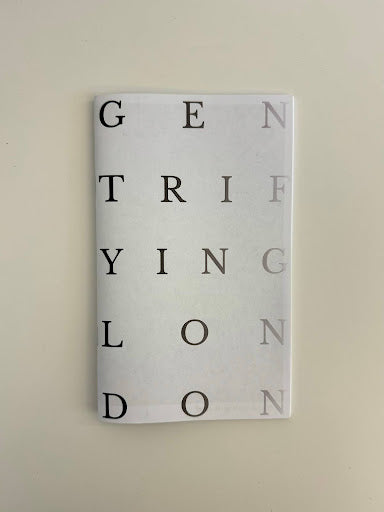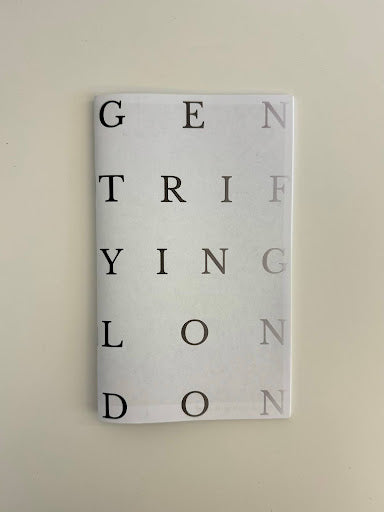Gentrifying London by Sergey Novikov
"Once this process of "gentrification" starts in a district, it goes on rapidly until all or most of the original working class occupiers are displaced, and the whole social character of the district is changed." - Ruth Glass, London: Aspects of Change (1964)
The main focus of the Gentrifying London photography project is on the social landscape that forms the materiality and visual look of the city. The author's areas of interest situate on the edges, where the urban landscape is in transition and gentrifying practices are on view. The highest levels of gentrification in London now can be seen in many areas, including riverside developments in the Lea Valley and along the Thames River, where former mainly industrial zones have been substantially redeveloped often as large-scale apartment blocks; as well in Deptford, Hackney Wick, Tottenham Hale, Wembley and Barking.
The depiction of the new-built cityscape, suggesting the private or political interests, is vitally important for understanding a wider social situation. Simply put, gentrification is where an area rapidly changes its population, caused by an influx of wealthier households, which can cause a displacement of the previous population due to increasing inaccessibility of rent and local services provided, resulting in the breakup of established communities and social networks. Gentrification often is an inevitable result of regeneration, where lower quality housing stock is replaced, attracting a more affluent population due to a change in tenure mix.
Couldn't load pickup availability
Share

You Also Viewed

Gentrifying London by Sergey Novikov
